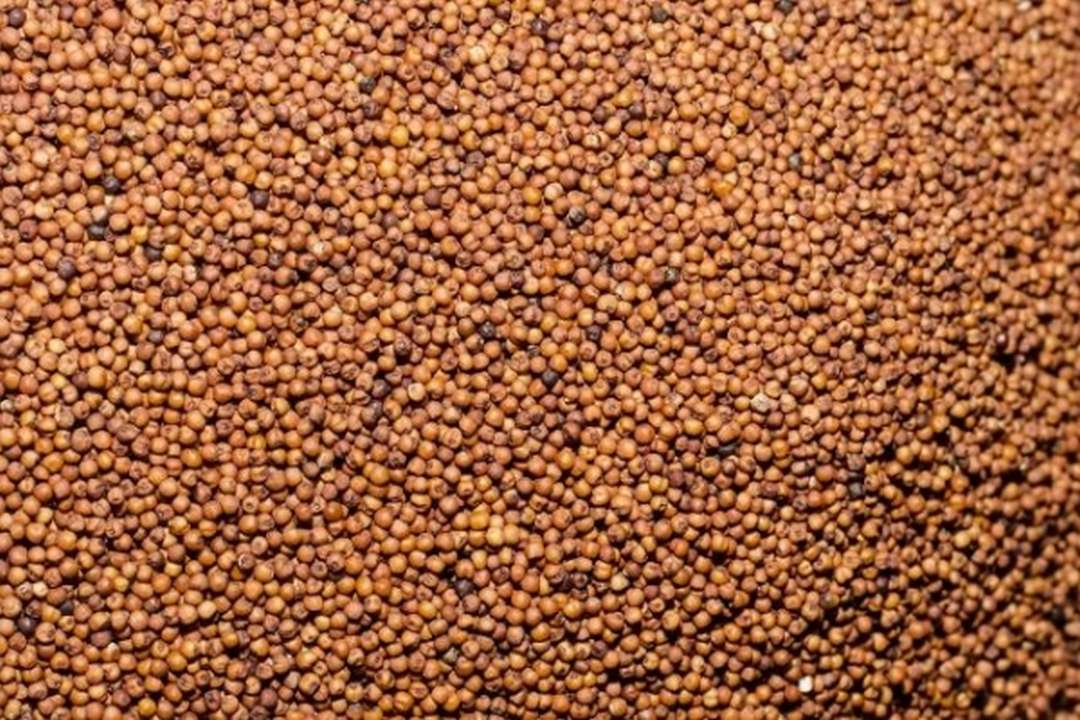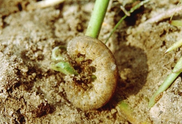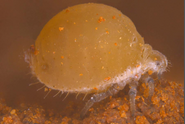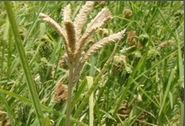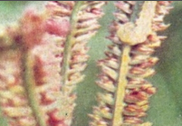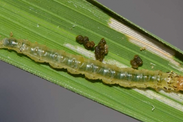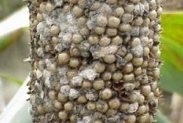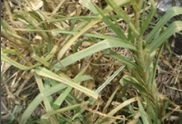General Information
It is known as finger millet, African finger millet, red millet and ragi, are the oldest food and first cereal grain used for domestic purpose. Finger millet is originally native to the Ethiopian highlands and was introduced into India approximately 4000 years ago. They can grow in dry weather; can withstand severe drought conditions and adaptable to higher elevations. It is highly grown crops among all small millets. It is a rich source of protein and minerals in comparison to all other cereals and millets. It contains important amino acids. It has the highest amount of calcium (344mg) and potassium (408mg). It is beneficial for individuals with low hemoglobin levels as it is great source of iron.

